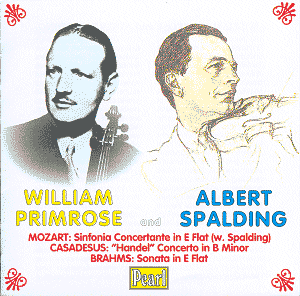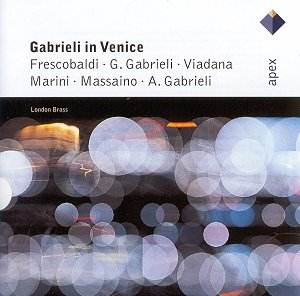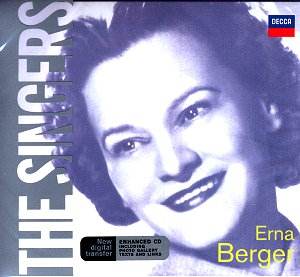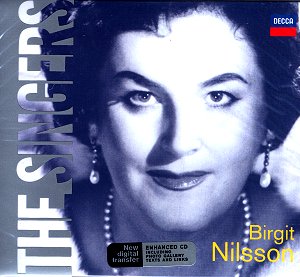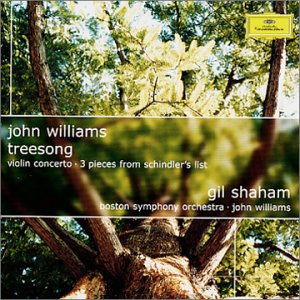 Composer: John Williams
Composer: John Williams
Works: Treesong (2000), Concerto for Violin and Orchestra (1974-76, rev. 1998), Three Pieces from “Schindler’s List” (1993)
Performers: Gil Shaham, Violin; Boston Symphony Orchestra
Recording: Recorded at Boston Symphony Hall, USA, 1999-2000
Label: Deutsche Grammophon (DG CD 471 326-2)
John Williams stands as a towering figure in contemporary music, seamlessly bridging the realms of film and concert hall. His work, “Treesong,” premiered in 2000, exemplifies his ability to evoke deep emotional landscapes through orchestral color and virtuosic solo writing. Inspired by a singular Dawn Redwood in Boston’s Public Garden, Williams eschews a literal depiction in favor of capturing the essence and spirit of this majestic tree. This recording, featuring the exceptional Gil Shaham and the Boston Symphony Orchestra, offers a penetrating glimpse into Williams’ artistry and the collaborative synergy that has developed over decades.
The performance of “Treesong” unfolds with a dreamlike quality in the first movement, “Doctor Hu and the Metasequoia.” Shaham’s violin weaves an almost ethereal line through a rich but understated orchestral tapestry, creating a soundscape that resonates with the listener’s imagination. The delicate balance of clarity and warmth in Shaham’s tone allows the music’s subtle nuances to flourish, while the Boston Symphony Orchestra envelops the soloist in a shimmering backdrop that evokes the tranquility of a forest glade. The engineering captures this interplay beautifully, with a meticulous balance that allows both the soloist and ensemble to shine, thus enhancing the emotional weight of the piece.
In the second movement, “Trunks, Branches and Leaves,” Williams’ orchestration takes on a more vigorous character, mirroring the dynamic growth of the tree. Here, Shaham’s technical prowess is on full display as he navigates the increasingly intricate passages with ease. The orchestral writing becomes more animated, reflecting the vitality of nature, and the recording expertly conveys this energy without sacrificing the work’s inherent lyrical qualities. The dialogue between violin and orchestra is particularly effective, as Shaham’s expressive cadenza serves as a bridge—both thematically and emotionally—between the movements, encapsulating the essence of the tree in a moment of introspective beauty.
The final movement, “The Tree Sings,” introduces a richness that complements the preceding sections, revealing a deeper emotional palette. Shaham and the orchestra engage in a nuanced interplay that showcases Williams’ mastery of orchestral color. The sound quality remains pristine throughout, allowing the intricate counterpoint and harmonic layering to emerge clearly. This movement’s climactic moments resonate with a sense of reflection and yearning, culminating in a profound closing that lingers in the listener’s consciousness.
Williams’ “Concerto for Violin and Orchestra,” a hallmark of his earlier output, juxtaposes the more modern influences of Bartók and Prokofiev against his distinct melodic sensibility. Shaham’s interpretation of the concerto is equally compelling, balancing virtuosic demands with lyrical expressiveness. The second movement’s contemplative nature offers a stark contrast to the exhilarating finale, which demands technical precision and interpretive flair. The performance captures this duality with remarkable finesse, and Shaham’s near-flawless intonation elevates the work’s inherent drama.
Closing with the “Three Pieces from Schindler’s List,” Shaham deftly transitions from the intricacies of the concerto to the poignant simplicity of Williams’ film music. This selection serves as an illuminating reminder of Williams’ chameleon-like ability to traverse styles while maintaining a distinct artistic voice. The haunting melodies resonate deeply, engaging the listener both emotionally and intellectually, and are performed with an exquisite sensitivity that underscores Shaham’s stature as a leading violinist of his generation.
The combination of meticulous interpretation, superb orchestral support, and high-quality engineering makes this recording a significant contribution to the repertoire. Williams’ “Treesong” and the “Concerto for Violin and Orchestra” merit a place in the standard canon, given their rich textures and emotional depth. This disc not only reaffirms Gil Shaham’s position among the elite violinists of our time but also highlights Williams’ innovative prowess within the classical genre, ensuring that both works will continue to resonate with audiences for years to come.
